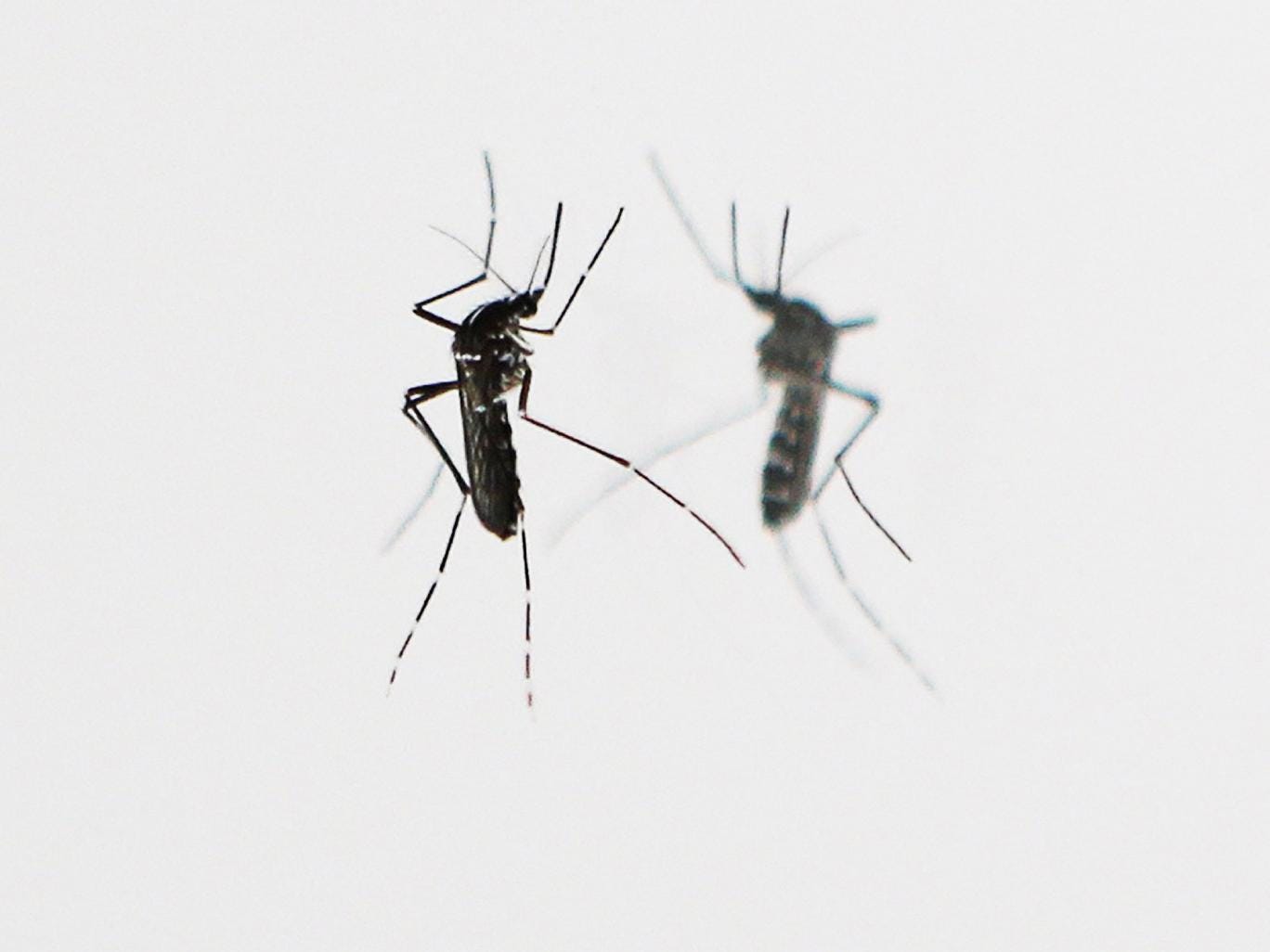Independent
Zika virus: Health alerts in South America and Caribbean following fears illness may cause birth deformities
Doctors believe the illness may be linked to a rise in cases of microcephaly in infants
Read More Here
 Zika virus is a mosquito-borne disease similar to dengue fever VALERY HACHE/AFP/Getty Images
Zika virus is a mosquito-borne disease similar to dengue fever VALERY HACHE/AFP/Getty Images


| Magnitude | 7.6 |
| Date-Time |
|
| Location | 10.070S 70.981W |
| Depth | 606 km |
| Distances |
|
| Location Uncertainty | Horizontal: 10.0 km; Vertical 7.0 km |
| Parameters | Nph = 90; Dmin = 320.8 km; Rmss = 1.13 seconds; Gp = 61° Version = |
| Event ID | us 100040x6 ***This event has been revised. |


| February 12 2014 04:37 AM | Tsunami | Brazil | Rio Grande do Sul, [Praia do Cassino (Casino Beach)] |
| Description | |
| Sunbathers, swimmers and casual visitors at the world's longest beach, the Praia do Cassino (literally Casino Beach) in Rio Grande, Brazil, were captured by surprise this past Sunday when a bizarre natural phenomenon known as a Meteorological Tsunami, Meteotsunami or simply, weather-induced tsunami, hit the area. It caused the sea to swell and spill out a wave that reached all the way up to the parking spots (…or at least where people had parked their rides, possibly too close to the beach), and while humans escaped unscathed, their belongings, including dozens of vehicles, were damaged, as the body of water tossed the cars around on the sand. According to locals, this isn't the first time that such a tsunami has been observed in the area. Meteorological tsunami (meteotsunami) "Tsunami-like phenomena generated by meteorological or atmospheric disturbances. These waves can be produced by atmospheric gravity waves, pressure jumps, frontal passages, squalls, gales, typhoons, hurricanes and other atmospheric sources." "Meteotsunamis have the same temporal and spatial scales as tsunami waves and can similarly devastate coastal areas, especially in bays and inlets with strong ampli?cation and well-de?ned resonant properties." |

Flood kills 12, destroys town in Brazil |
| English.news.cn 2014-01-15 05:40:49 |
Brazil leader breaks holidays to tour flood-hit areasBras�lia (AFP) Dec 27, 2013 - Brazilian President Dilma Rousseff interrupted her year-end holidays Friday to tour flood-hit areas of the country's southeast where 40 people have died following torrential rains. After two weeks of heavy downpours which have triggered deadly landslides, the weather is beginning to improve across much of southeastern Brazil. Tens of thousands of people spent Christmas without drinking water, power or communications while food shortages were reported. Accompanied by Health Minister Alexandre Padilha, Rousseff flew over the Governador Valadares region of Minas Gerais where torrential rains have left people dead and forced 9,500 to leave their homes. Civil Defense officials said two children aged 3 and 11 died Sunday buried under mud slides that swept away their home in Governador Valadares, where rivers overflowed their banks, causing extensive flooding. In neighboring Espirito Santo which has been hit by the worst rains in 90 years and which Rousseff toured on Tuesday, the official death toll was revised downward from 27 to 23. Two persons are still reported missing and presumed to be buried under the mud. A total of 52 cities in Espirito Santo have been hit by flooding and 61,000 people have been evacuated. The Brazilian Air Force said its helicopters rescued 162 elderly and sick people as well as women and children. It also delivered eight tons of food, medicines and drinking water to the state. The federal government meanwhile authorized the allocation of nearly $3 million to fund rescue operations, assistance to the victims and restoration of essential services in Espirito Santo. |